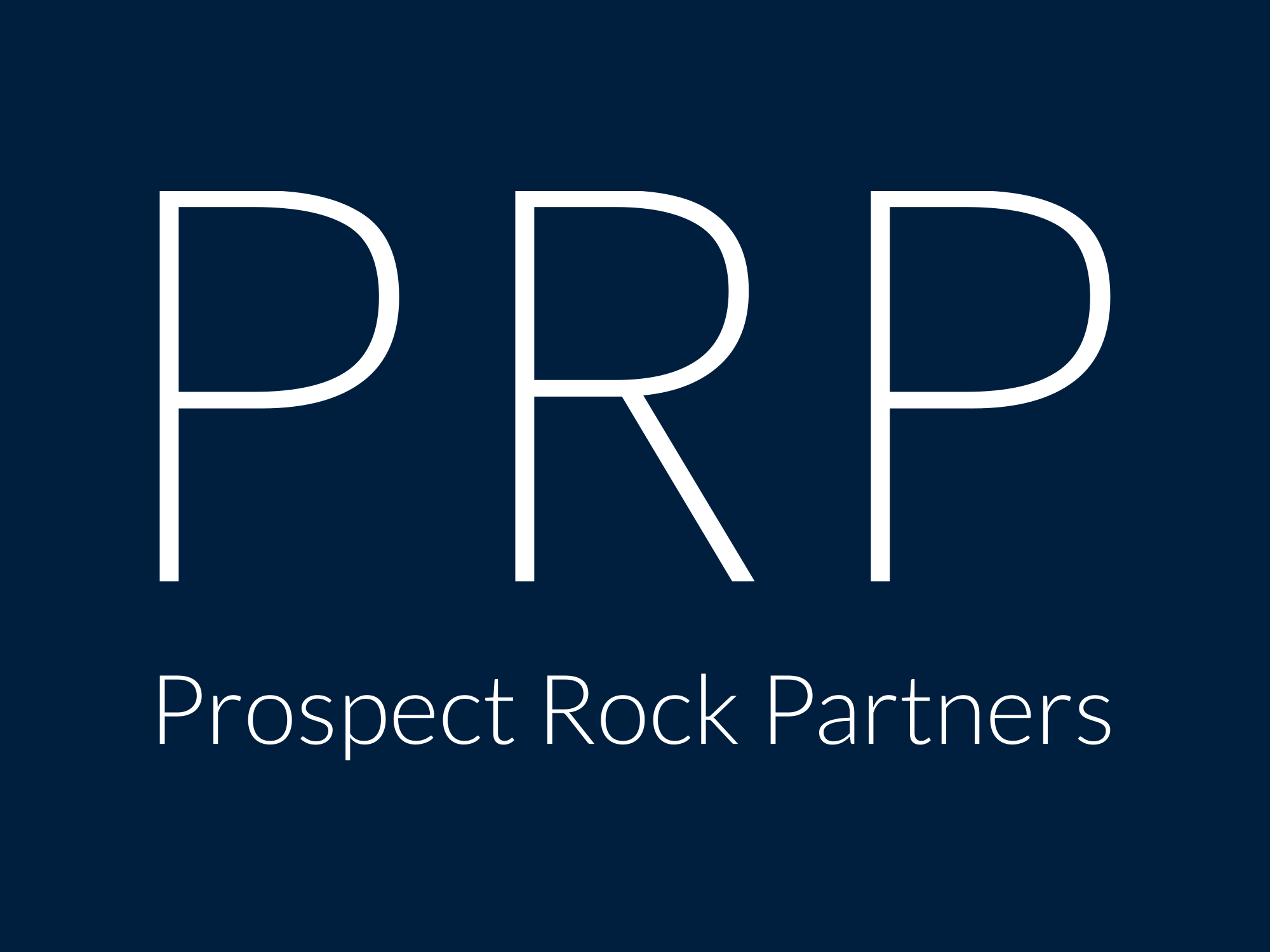The world of investment banking is highly competitive and fast-paced, demanding the brightest minds and diverse perspectives. However, biases in hiring processes have historically hindered the industry’s ability to cultivate a diverse workforce. Recognizing the importance of addressing this issue, investment banks are now actively striving to remove bias from their hiring practices. In this blog post, we will explore strategies based on insights from Harvard Business Review, Recruiting Daily, and Adam Grant to help investment banks foster fairness, objectivity, and inclusivity in their recruitment efforts.
Implementing Structured Interviews: According to a Harvard Business Review article, traditional interviews tend to be subjective and susceptible to bias. To overcome this, investment banks should adopt structured interviews that employ standardized questions and evaluation criteria. By using a consistent set of questions, interviewers can better assess candidates based on their qualifications and relevant skills, reducing the influence of unconscious biases.
Leveraging Blind Hiring Techniques: Blind hiring techniques aim to remove bias by concealing identifying information about candidates, such as their names, gender, or educational backgrounds, during the initial screening process. This approach allows hiring managers to focus solely on candidates’ qualifications and capabilities. A Recruiting Daily article highlights the benefits of blind hiring and offers practical tips on implementing blind resume reviews and anonymized assessment exercises.
Employing Diverse Interview Panels: To counteract the impact of individual biases, it is essential to form interview panels that reflect diversity in terms of gender, ethnicity, and background. By including a range of perspectives, investment banks can ensure a more holistic evaluation process. According to Adam Grant, a renowned organizational psychologist, diverse interview panels have a higher likelihood of identifying exceptional talent and promoting inclusive decision-making,
Implementing Structured Assessments and Tests: Introducing structured assessments and tests can provide valuable insights into candidates’ skills and competencies. These assessments can be designed to measure specific job-related abilities, such as problem-solving, analytical thinking, and leadership potential. By focusing on objective measures of aptitude and performance, investment banks can reduce reliance on subjective evaluations and minimize bias in decision-making.
Continuous Training and Education: Investment banks should invest in ongoing training and education programs to raise awareness about unconscious biases and promote a culture of inclusivity. Workshops, seminars, and interactive sessions can help hiring managers recognize their own biases and provide them with tools and strategies to mitigate these biases during the recruitment process. Harvard Business Review suggests implementing regular bias training as an effective measure to combat biases.
Achieving diversity and fairness in investment banking hiring practices is a critical step toward building a stronger and more innovative industry. By embracing strategies such as structured interviews, blind hiring, diverse interview panels, structured assessments, and continuous training, investment banks can remove bias from their recruitment processes. It is essential to promote objectivity, meritocracy, and equal opportunities, fostering an inclusive environment that attracts and retains a diverse pool of talented professionals. Through these efforts, investment banks can enhance their competitive advantage and contribute to a more equitable and prosperous future.



